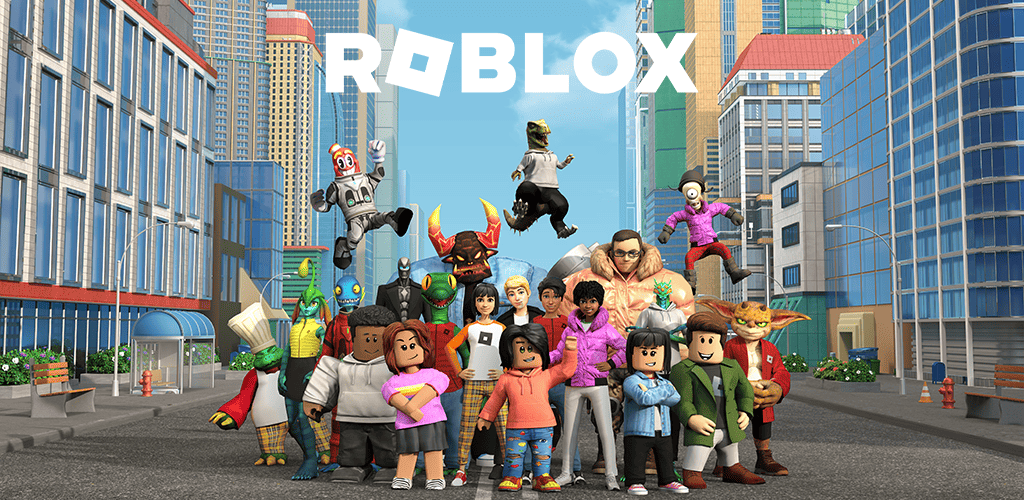Symptoms of a Faulty Thermostat

If your house does not become cool on scorching summer days or warm up on cold winter nights, the thermostat might be at fault. Although we usually point fingers at the HVAC system, there are a lot of issues that might be stemming from the thermostat itself. Tado Team understands how challenging it may be to identify the root cause of your home’s climate-related discomfort or inefficiency. To help you figure out if your wireless thermostat is broken and how to fix it, we’ve put up this handy guide.
Your HVAC system won’t turn on
You should start by learning how to use your thermostat properly. You can assume that your HVAC system is broken if you can’t get it to turn on when you set the thermostat. The good news is that this seemingly intractable problem is often a sign that your thermostat has either reached the end of its useful life or encountered an unexpected malfunction. The good news is that fixing a broken thermostat is far less than buying a new heating and cooling system.
Your heater or ac keeps running all the time
As it is the major control for turning on your heating and cooling systems, so too is it the primary control for turning them off. When the desired temperature is reached within the home, the thermostat will send a signal to the heating and cooling system to shut down. After the inside temperature has gotten indisputably chilly, you may need to modify the wireless smart thermostat so that cool air no longer flows in. This part is useless for temperature control if it gives inaccurate readings of the interior temperature.
Faulty Temperature gauges
The thermostat should be read accurately so that the interior spaces are not overly hot or cold. A faulty thermostat is a potential cause of inconsistent heating and cooling, so it’s important to check it out when you can.
Check the precision of the interior temperature reading with a handheld thermometer. The wireless thermostat’s sensor might be at fault if it’s giving off inaccurate readings. Possible causes include wear and tear over time, faulty construction, or abuse.
The rise in utility bills seem out of proportion
If you’re like most people, you’re always looking for ways to cut back on your energy bill. Inverse effects might be caused by a badly functioning HVAC system. The amount of your energy bill surprises you by being more than usual.
The thermostat is usually at fault. It’s not uncommon for an HVAC system to overwork because of a faulty thermostat’s inaccurate readings. If the number of cycles per hour is high, then more energy must be used to maintain that rate.
Your HVAC specialist will let you know if a new thermostat is needed during your regularly scheduled maintenance visit.
Variations in the temperature are always there
Most of the time, a broken thermostat has trouble maintaining its set temperature. It might be constantly adjusting the temperature without you even noticing.
Attempt lowering the thermostat and monitor the outcomes as a test. Have a technician look at the thermostat if the problem persists.
A new thermostat should be installed; this one is outdated.
At some point, your thermostat, like all other technological gadgets, will be rendered obsolete. The typical thermostat only lasts for around 10 years. However, you may need to replace your thermostat sooner than expected because newer models are more energy efficient.
For instance, if your current thermostat can’t be programmed, you might want to upgrade to one that can. This second type of thermostat has many advantages over the older, non-programmable thermostats. The cutting-edge technology built into today’s programmable thermostats allows for a wide variety of settings to be pre-set.
No changes in thermostat settings are received
The thermostat needs to act instantly after you make a change to the temperature settings. Minor clicking noises are common when you make these modifications, and your HVAC system should start up immediately.
It’s time to get a new HVAC system if yours still won’t turn on after you’ve made these changes.
Due to short cycles in your HVAC system,
Short cycling is a major factor in the decision to replace old thermostats. The problem happens when the cooling or heating cycle is interrupted before it has finished. If the problem persists, a new thermostat should be installed.
The Benefits of Updating Your Thermostat
You may save money, make your house more comfortable, and avoid bothersome thermostat-related difficulties by upgrading if your current thermostat is more than ten years old, or if it lacks the capabilities of recent wireless thermostat advancements. Smart thermostats, which may be pre-set to your preferred temperature settings, represent a significant step forward in terms of comfort control. These appliances may be set to warm or cool the home just before your arrival. They may coordinate the cooling and heating systems to operate in tandem with your schedule. They help you reduce your carbon footprint and save your HVAC system from unneeded wear and tear.




